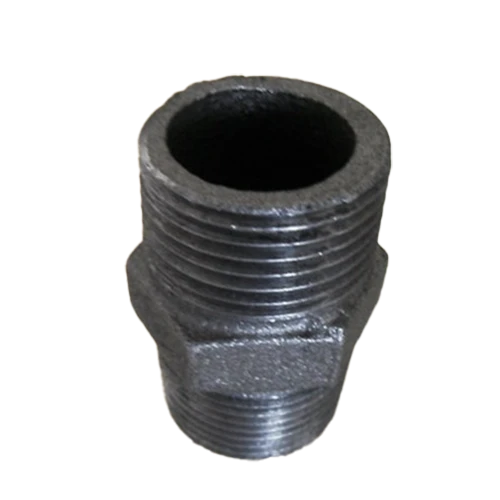Mobile:+86-311-808-126-83
Email:info@ydcastings.com
Stainless Steel Investment Casting Techniques and Applications in Modern Manufacturing
The Role of Investment Casting in the Modern Manufacturing Landscape
Investment casting, also known as precision casting or lost-wax casting, is a sophisticated manufacturing process that provides high precision and excellent surface finishes for complex metal parts. As industries strive for enhanced performance and efficiency, the significance of investment casting, particularly in sectors such as aerospace, automotive, and medical devices, has surged. This article explores the intricacies of investment casting and its crucial role in modern manufacturing.
Understanding Investment Casting
The investment casting process begins with the creation of a wax pattern that replicates the desired final product. This pattern is coated in a ceramic shell by dipping it in a silica slurry and then allowing it to harden. Once the shell is formed, the wax is melted and drained away, leaving a cavity that mirrors the original wax pattern. Molten metal is then poured into this cavity, filling the space and solidifying to create the final component. After cooling, the ceramic shell is shattered, revealing the cast metal part.
The primary advantage of investment casting lies in its ability to yield parts with intricate geometries that are often impossible to produce with other methods, such as machining or die casting. This process is not only limited to metals but can also accommodate a wide range of materials, including stainless steel, aluminum, titanium, and bronze.
Advantages of Investment Casting
1. Precision and Surface Finish Investment casting is renowned for its accuracy. The process can produce components with tolerances as tight as ±0.005 inches, making it ideal for applications requiring precise dimensions. Additionally, the smooth surface finish reduces the need for extensive machining, which saves time and reduces production costs.
2. Material Versatility The ability to cast various materials allows manufacturers to choose the best material suited for their application. High-performance alloys can be used to create parts capable of withstanding extreme temperatures and corrosive environments, particularly vital in industries like aerospace and automotive.
ss investment casting

3. Design Flexibility The investment casting process can accommodate complex designs that would be challenging with traditional manufacturing methods. This flexibility permits engineers and designers to innovate without the constraints associated with other casting techniques.
4. Reduced Waste Investment casting is an efficient process that minimizes material waste. Since the wax pattern can often be reused and the gates and runners can be recycled, this method can be more sustainable compared to other casting processes, contributing to lower overall production costs.
Applications Across Industries
Investment casting is integral to numerous industries. In the aerospace sector, components such as turbine blades, housings, and landing gear can be fabricated using this method, resulting in lightweight yet durable parts that are crucial for flight safety and efficiency. The automotive industry similarly benefits from investment casting, utilizing it to produce engine components, transmission parts, and brackets that require high strength-to-weight ratios.
In the medical field, investment casting plays a pivotal role in producing surgical instruments and implantable devices that necessitate precision engineering and biocompatible materials. The ability to produce complex geometries ensures that medical devices can be tailored to specific patient needs, improving outcomes and enhancing the quality of care.
Future Trends in Investment Casting
As technology advances, investment casting is poised for further innovation. The incorporation of additive manufacturing (3D printing) into the investment casting process is one area of growth. By enabling the rapid production of complex wax patterns, 3D printing significantly reduces lead times and increases customization capabilities. Moreover, the development of new high-performance materials and coatings promises to enhance the properties of cast components, making them even more robust.
In conclusion, investment casting remains a cornerstone of modern manufacturing, offering unmatched precision, versatility, and efficiency. As industries evolve and the demand for complex, high-quality components increases, investment casting will undoubtedly continue to play an essential role in shaping the future of manufacturing processes. By embracing technological advancements and sustainable practices, this method is well-positioned to meet the challenges of the modern industrial landscape.
-
Understanding Metal Casting TechniquesNewsApr.02,2025
-
Understanding Exhaust Manifolds for Enhanced Engine PerformanceNewsApr.02,2025
-
The World of Metal FabricationNewsApr.02,2025
-
Key Components for Pump and Turbo EfficiencyNewsApr.02,2025
-
Essential Tools for Automotive Maintenance and RepairNewsApr.02,2025
-
Durable Valve Components for Effective Water ManagementNewsApr.02,2025











